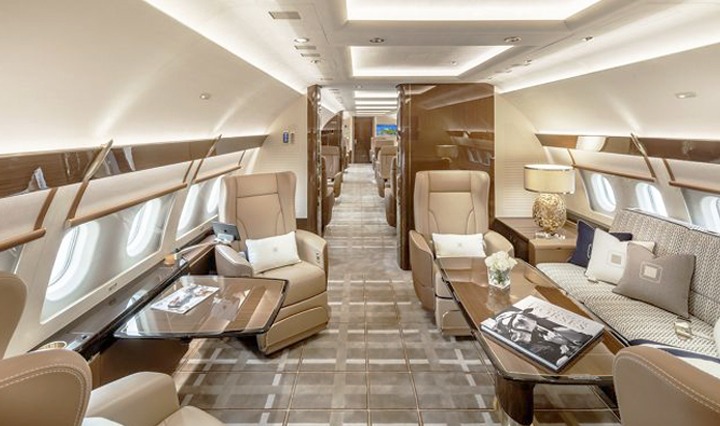We live in a world where business may be conducted without fail all around the globe. For business executives in all industries, traveling from one area to another for business meetings or even living in one region and working in another is a common occurrence.
Barriers have crumbled and thanks to business aviation, anyone can do business anywhere in the world. Let’s take a closer look at the basics of business aviation today.
While this may appear to a client as a lavish offer, businesses of all sizes are already embracing business aviation to transfer executives, clients, and specialists in order to gain a competitive advantage.
Application and Usage of Business Aviation
Aviation has a wide range of business applications, as do the companies that use it. This includes the following:
Employee transportation: Employees are a company’s most precious asset, and the ability to transport essential experts or leaders for strategic possibilities, leadership control, and maintaining the company’s image with the public, customers, or investors can be quite beneficial. These key personnel can not only fly on the company’s timetable, but they can also collaborate along the trip.
Community Service: Businesses frequently choose to invest in their local communities by providing charitable assistance. When therapy isn’t urgent, they could give patients transportation to a distant treatment center. Medical personnel and supplies can also be delivered to disaster zones that would otherwise be inaccessible.
How Does Business Aviation Help Companies?
It’s easy to believe that taking a commercial flight is less expensive than hiring a private jet whenever an employee needs to travel. That is a very reasonable assumption. And, with companies generally focusing on their bottom line, why would they spend extra for travel?
Every CEO knows that time is money. Traveling by private jet is more efficient. And you’re squandering time if your best staff are stuck in airports all day, whether it’s due to layovers or many stops on the itinerary.
In a single day, business charters might make many stops. Traveling between many sites on a private jet is simple — there’s no waiting, no 2-hour pre-flight check-in, no long security queues, and so on. Everyone can easily get where they need to go, complete their tasks, and move on.
It should also be noted that these private jets may go to locations where commercial jets cannot. This also leads to increased productivity. It also entails being able to expand your firm into new, possibly uncharted territory.
While skipping the long lines and rigid timetables of commercial flights may seem like a luxury, it’s often more efficient and profitable for businesses to use business aircraft to meet their travel demands, cutting time on the road and, as a result, meal and hotel costs.
Employees can be more productive at work and more engaged in their personal life if they spend less time in transit.
Your client will not be kept waiting!
Being a well-known and recognized figure in your area necessitates your dependability and trustworthiness. It will not make a good impression if you make appointments or meetings but do not show up on time.
You are at the mercy of the airline if you fly by commercial plane. The numerous causes of flight delays or cancellations are beyond your control. Furthermore, if you are forced to change flights due to a cancellation, many others will be doing the same, making your chances minimal.
Calling a meeting and then keeping the client waiting is not good business. You have more control over the flight and may work with more consistent timetables when you travel privately. This implies you’ll come out as more professional and deserving of business than the commercial traveler who arrived late due to transportation issues.
While in the air, business aviation allows you to continue working with spacious, comfortable lodgings and complete privacy.
It’s like having an office in the clouds!


